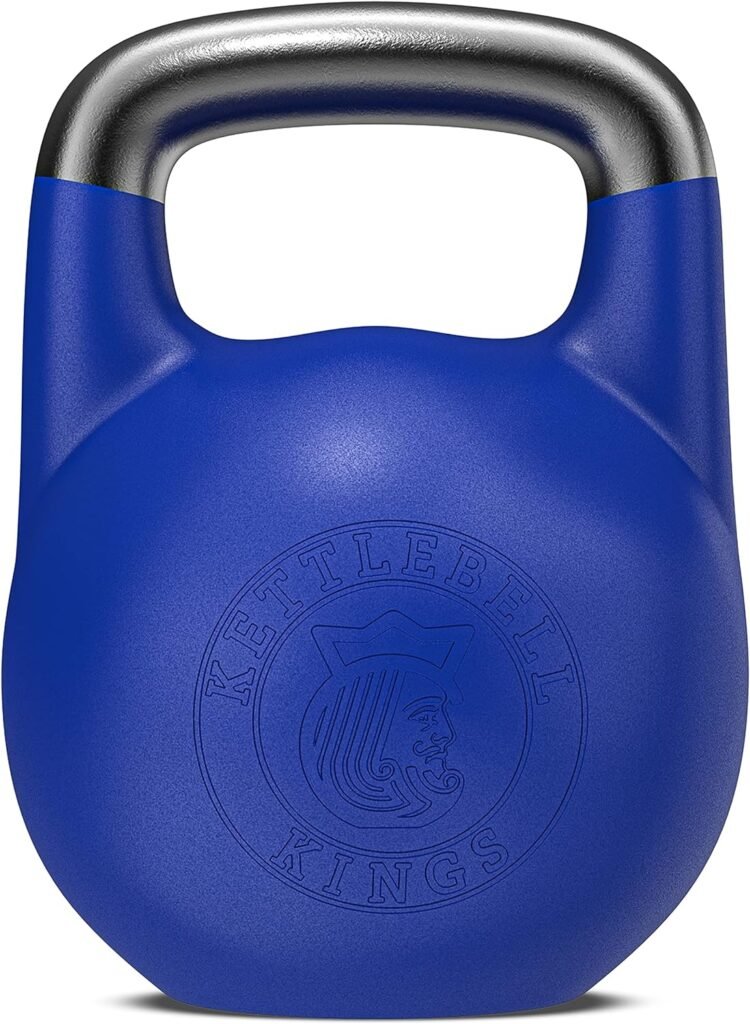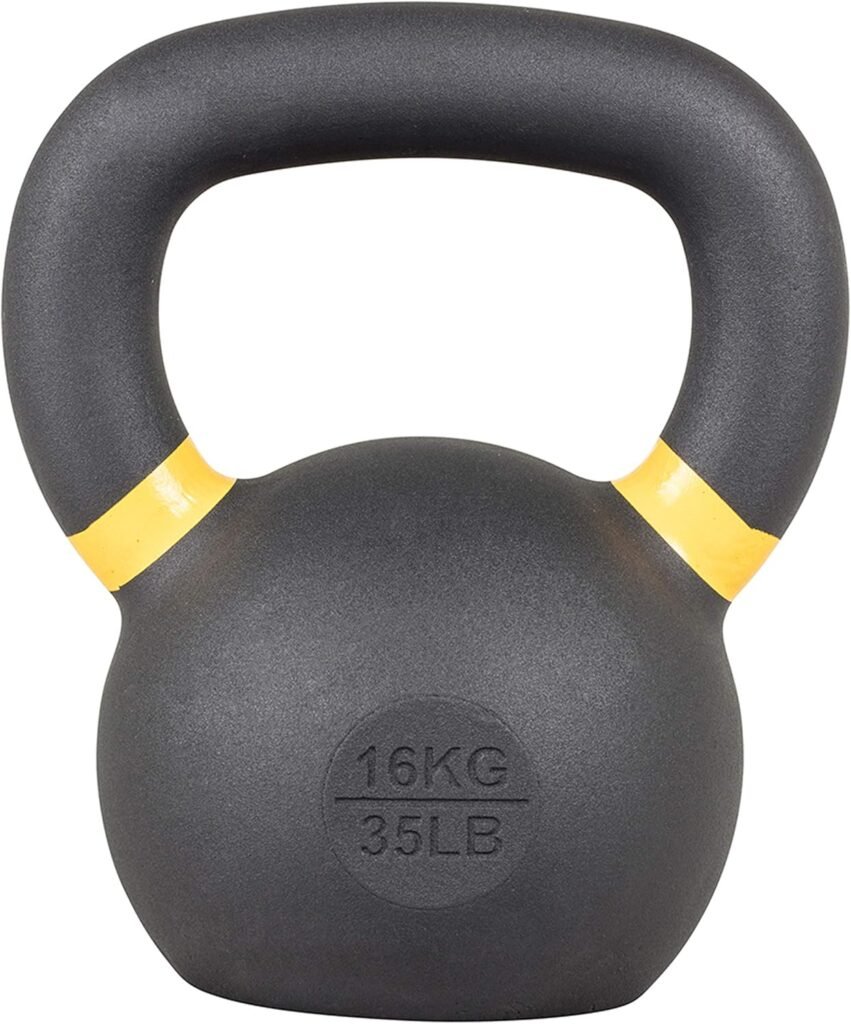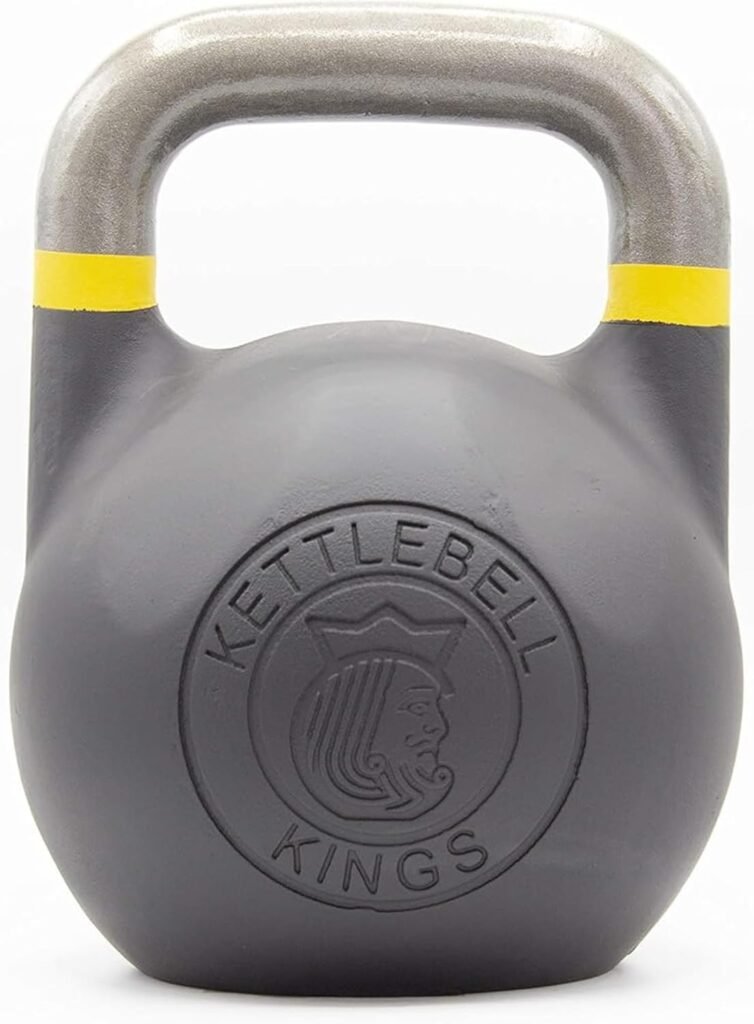Introduction
As we age, maintaining physical fitness becomes increasingly important for overall health and well-being. Regular exercise not only helps manage weight but also reduces the risk of chronic diseases, improves mental health, and enhances the quality of life. Among the multitude of fitness tools available, kettlebells stand out as a particularly effective option for older adults. This article explores why kettlebells are the perfect tool for active aging, highlighting their benefits, versatility, and safety.
The Benefits of Kettlebell Training
Kettlebell training offers a range of benefits that are particularly beneficial for older adults:
1. Functional Strength
Kettlebells are designed to improve functional strength, which is the ability to perform everyday activities. Unlike traditional weightlifting, kettlebell exercises mimic natural movements, enhancing the strength required for daily tasks such as:
- Lifting groceries
- Climbing stairs
- Playing with grandchildren
2. Improved Balance and Coordination
As we age, balance and coordination can decline, increasing the risk of falls. Kettlebell training incorporates dynamic movements that challenge stability, promoting better balance. This can lead to:
- Increased body awareness
- Enhanced proprioception (the sense of body position)
- Reduced risk of falls
3. Cardiovascular Fitness
Kettlebell workouts can be both strength and cardio-focused. By performing exercises in a circuit style or with minimal rest, older adults can improve their cardiovascular fitness, leading to:
- Better heart health
- Increased endurance
- Enhanced metabolism
4. Flexibility and Mobility
Many kettlebell movements require a full range of motion, helping to improve flexibility and mobility. This is vital for maintaining joint health and reducing stiffness, which often comes with age.
5. Time Efficiency
Kettlebell workouts are often shorter than traditional gym sessions. A 20-30 minute kettlebell routine can provide a comprehensive workout, making it a time-efficient option for busy schedules.
Versatility of Kettlebells
Kettlebells are incredibly versatile, making them suitable for various fitness levels and personal goals. Here’s how they can be adapted for older adults:
1. Variety of Exercises
Kettlebell training includes a wide range of exercises that can be modified based on individual fitness levels. Some common kettlebell exercises include:
- Kettlebell swings: Great for lower body strength and cardiovascular fitness.
- Goblet squats: Enhancing lower body strength and flexibility.
- Turkish get-ups: A full-body exercise that improves strength, balance, and mobility.
- Kettlebell deadlifts: Focused on strengthening the posterior chain.
2. Adjustable Weights
Kettlebells come in various weights, allowing older adults to start with a lighter kettlebell and gradually progress as their strength improves. This adaptability helps prevent injury and promotes safe progression.
3. Space Efficiency
Kettlebells are compact and require minimal space, making them perfect for home workouts or small gyms. They can easily be stored away when not in use.
Safety Considerations
While kettlebell training is beneficial, safety should always be a priority, especially for older adults. Here are some safety tips to consider:
1. Start with Instruction
Before starting a kettlebell routine, it’s essential to learn the correct form. Working with a certified trainer can help ensure you understand proper techniques, reducing the risk of injury.
2. Listen to Your Body
Pay attention to how your body responds to kettlebell training. If you experience pain or discomfort, modify the exercise or take a break. It’s essential to distinguish between muscle fatigue and pain.
3. Warm-Up and Cool Down
Incorporating a proper warm-up and cool-down routine is crucial. Warming up prepares the body for exercise and reduces the risk of injury, while cooling down aids recovery.
4. Use Appropriate Weights
Choosing the right weight is vital. Start with a lighter kettlebell to master the form before progressing to heavier weights.
Kettlebell Programs for Active Aging
1. Beginner’s Program
For those new to kettlebell training, a beginner program might include:
- Kettlebell Deadlifts: 3 sets of 10-12 reps
- Goblet Squats: 3 sets of 10-12 reps
- Kettlebell Swings: 3 sets of 10-15 reps
- Seated Shoulder Press: 3 sets of 8-10 reps (can be performed standing)
2. Intermediate Program
As strength and confidence grow, an intermediate program could incorporate:
- Turkish Get-Ups: 3 sets of 3-5 reps (each side)
- Kettlebell Clean and Press: 3 sets of 8-10 reps
- Single-Arm Kettlebell Rows: 3 sets of 10-12 reps
- Kettlebell Lunges: 3 sets of 10-12 reps (each leg)
3. Circuit Training
Once comfortable, consider a circuit-style workout incorporating multiple kettlebell exercises with minimal rest. This format keeps the heart rate up while building strength.
Conclusion
Kettlebells are an excellent tool for older adults seeking to maintain an active lifestyle. Their ability to improve functional strength, balance, flexibility, and cardiovascular health makes them a perfect fit for active aging. With proper technique, safety considerations, and a commitment to regular training, older adults can enjoy the myriad benefits kettlebells have to offer. Whether in a gym or at home, kettlebell training can empower older adults to lead healthier, more fulfilling lives.











